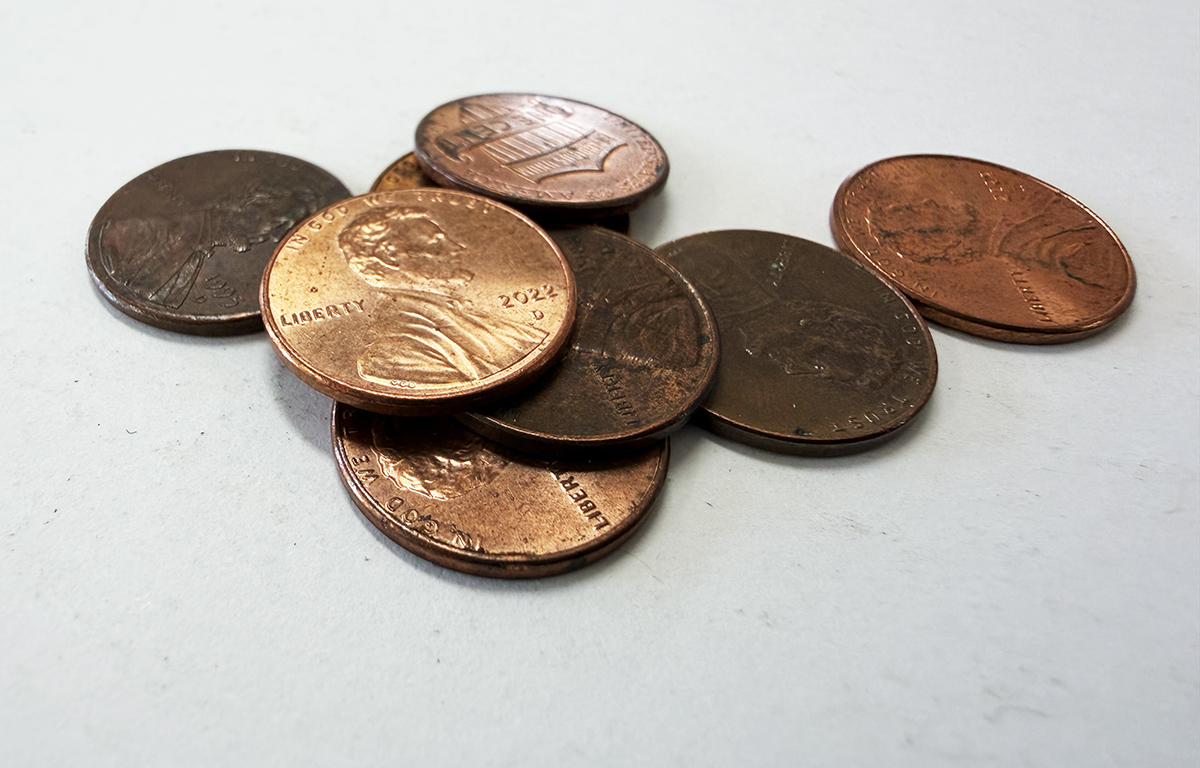The U.S. Mint officially ceased production of the penny on Wednesday, marking the end of a long-standing debate over the coin’s value in modern transactions. The decision, made under the Trump administration, has raised questions about the future of the smallest denomination in American currency.
Though the penny is no longer being minted, the existing coins remain legal tender. Yet, they may become increasingly difficult to obtain, as no new pennies will enter circulation. The cost of producing a penny has long exceeded its face value, with each coin costing the government approximately 1.76 cents to manufacture.
Challenges in Eliminating the Penny
The responsibility for discontinuing the penny should have fallen to Congress rather than the President, as the decision involves both constitutional and practical considerations. Congressional deliberation could have facilitated necessary legislation addressing the potential implications of eliminating the penny, a coin that has been in circulation since 1793.
One major concern is how retailers will handle cash transactions without the penny. Many businesses advocate for a law that would allow them to round prices to the nearest nickel, a provision that could have been included in a comprehensive penny legislation. Moreover, an incentive from the government is needed to encourage the return of the estimated 114 billion pennies currently in circulation, which often end up in drawers or cupholders instead of banks.
Lobbying and Legislative Stalemate
Efforts to phase out the penny have faced hurdles from metal lobbyists, who represent companies with federal minting contracts that are significant employers in some congressional districts. Historically, this opposition has stalled legislative progress. Despite this, President Trump has demonstrated a capacity to influence Republican majorities in Congress. A more measured approach may have yielded a more effective solution to the penny’s future.
The emotional attachment to the penny often reflects nostalgia rather than practical use. In contemporary transactions, the penny is frequently referenced in idioms rather than in actual payments. While it is still possible to receive a penny for one’s thoughts, the sentiment surrounding the coin may soon fade as its production halts.
The decision to stop minting the penny highlights a broader economic reality: the rising costs of goods and services. As inflation continues to shape markets, the notion of anything costing just a penny may become a relic of the past. The discontinuation of the penny, while symbolic, signals an economic shift that could redefine how currency is perceived in everyday transactions.







